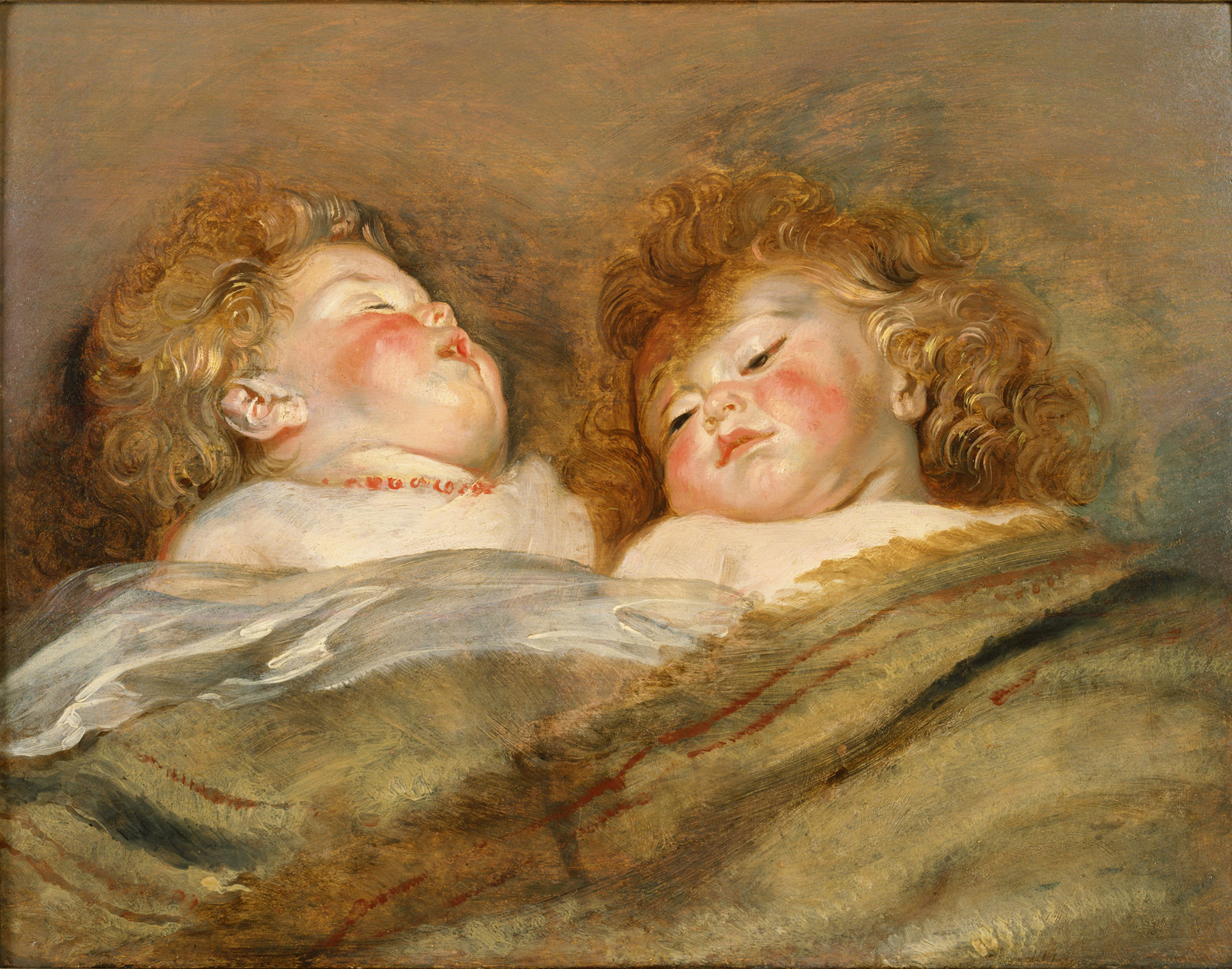Suffering saints and sultry nudes — Peter Paul Rubens has them all. The Flemish painter (1577-1640) took on a variety of subject matter, and also had a hand in pushing predominant tastes from the Renaissance's revival of classical ideas to the more elaborate experiments of the Baroque period that followed.
A new exhibition at The National Museum of Western Art, Tokyo explores Rubens' legacy and his relationship to the Baroque, which can be seen as both an extension of the Renaissance and a reaction to it. "Rubens and the Birth of the Baroque" includes around 70 works by the man himself, as well as artists who influenced him and those he left his mark upon.
The exhibition covers both his work in Antwerp, where he spent much of his youth, and his output in Italy, where he lived between 1600 and 1608. Until the early 17th century, the heart of the Italian Renaissance had been Florence, but Rubens gravitated toward Venice and Rome, the latter being the crucible of the Baroque — think of Caravaggio (an influence on Rubens) who worked there, and his dramatic compositions of figures in space, and brilliant light against plunging dark.



















With your current subscription plan you can comment on stories. However, before writing your first comment, please create a display name in the Profile section of your subscriber account page.